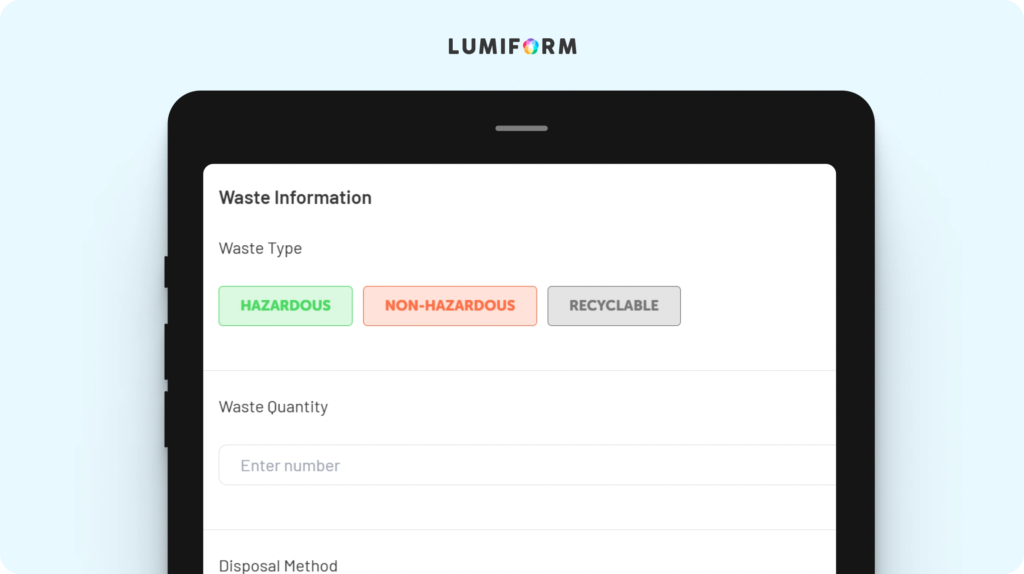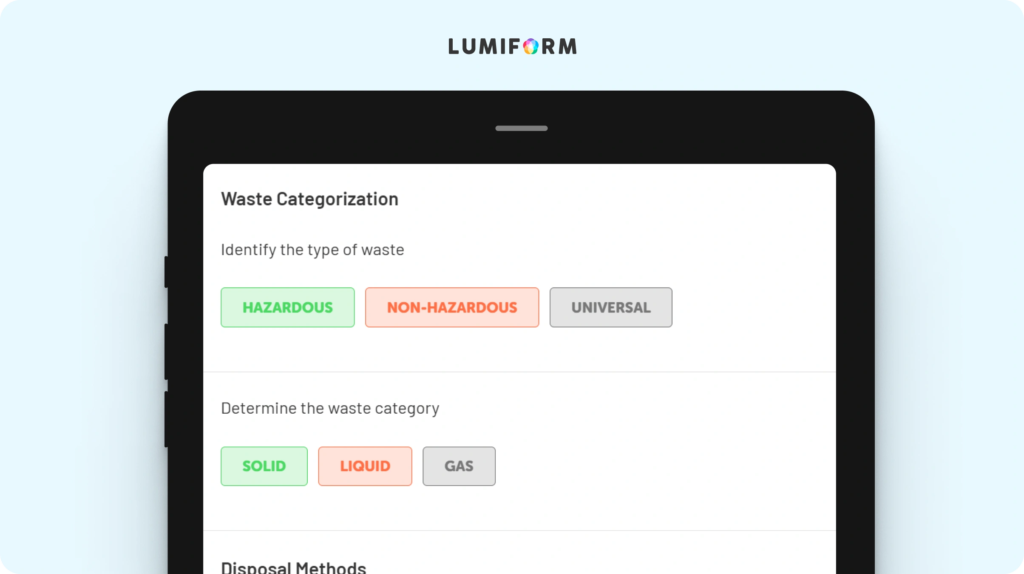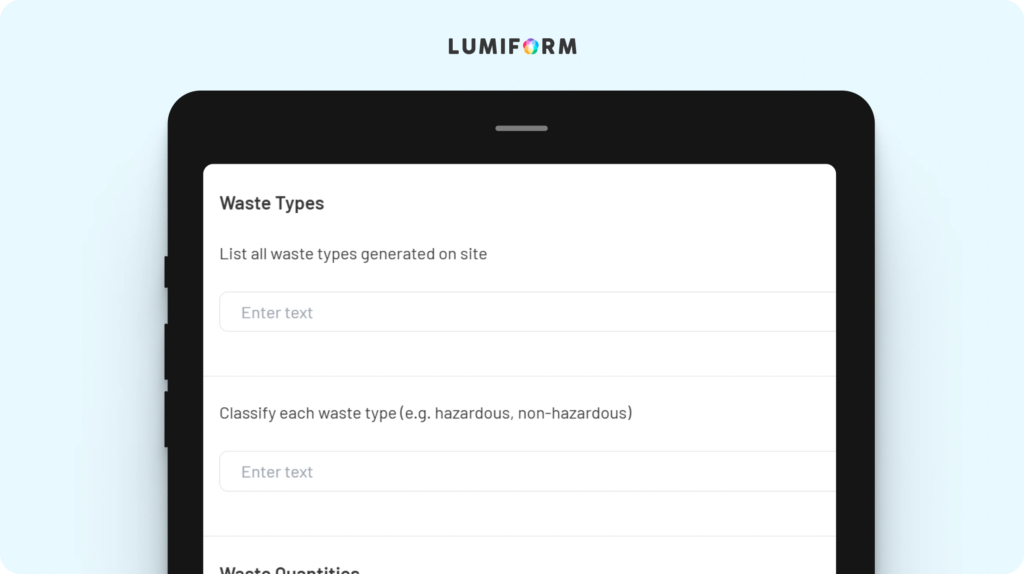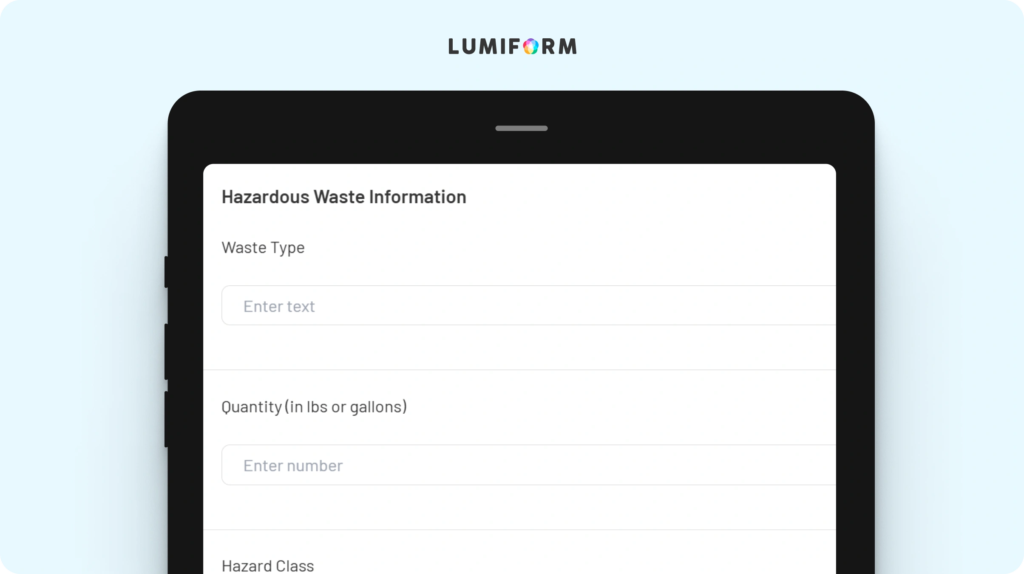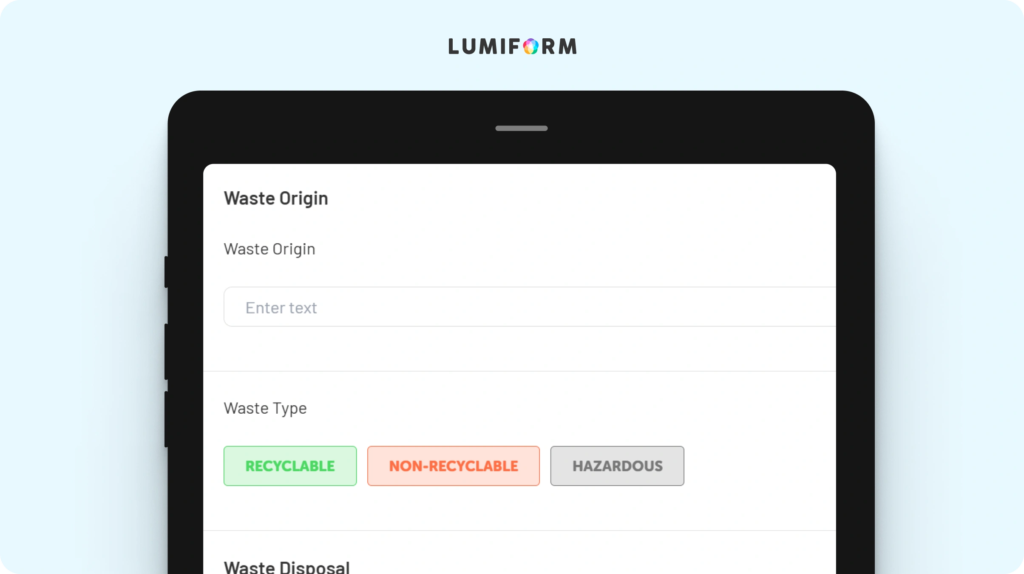Proper waste management is crucial for maintaining safety and compliance in industries like manufacturing, construction, and healthcare. A well-designed waste disposal form can help you efficiently track and document waste handling processes, ensuring adherence to environmental regulations. Whether you’re managing hazardous materials or everyday waste, having a structured system is essential for operational excellence.
Waste disposal forms are vital for maintaining consistency and thorough documentation. They allow you to record types of waste, quantities, and disposal methods, ensuring that all procedures are followed correctly. Without a standardized form, you might encounter compliance issues, inefficient waste management, and potential environmental risks.
By using a waste disposal form, you can streamline your waste management process, enhance accountability, and reduce the risk of regulatory penalties. This approach not only supports environmental sustainability but also improves your organization’s efficiency and reputation.
Waste disposal forms you can use
Discover a variety of waste disposal form templates designed to streamline your waste management processes, enhance compliance, and tackle unique challenges efficiently:
Waste disposal form
The waste disposal form is designed to help you efficiently document and track waste management processes. Key features include sections for waste type, quantity, and disposal methods, ensuring compliance with environmental regulations. You can customize this template by adding specific waste categories relevant to your operations, enhancing its relevance and effectiveness.Waste disposal waste management plan template
This template helps you create a comprehensive waste management plan tailored to your organization’s needs. It includes features for setting waste reduction goals, identifying disposal methods, and assigning responsibilities. Customize the template by integrating your company’s sustainability objectives and specific waste streams, ensuring a strategic approach to waste management.Waste disposal waste monitoring checklist
The waste disposal waste monitoring checklist is essential for regular inspections and ensuring compliance. It features sections for tracking waste types, quantities, and disposal compliance. You can adapt this checklist to focus on areas of concern within your operations, providing a targeted approach to waste monitoring.Hazardous waste disposal form
This form is crucial for managing hazardous waste safely and in compliance with regulations. It includes fields for documenting hazardous materials, quantities, and disposal procedures. Customize the form by adding specific safety protocols and handling instructions relevant to your facility, ensuring thorough documentation and safe disposal practices.Solid waste origin and disposal form
The solid waste origin and disposal form helps you track the source and disposal of solid waste within your operations. It features fields for origin identification, waste type, and disposal methods. You can tailor this form to include specific waste categories and disposal sites, ensuring comprehensive waste tracking and management.
Creating a waste disposal form template in Lumiform
Designing a waste disposal form template in Lumiform is straightforward and efficient, ensuring your team can manage waste effectively. Start by identifying the key elements your team needs to track, such as waste type, quantity, and disposal method. Use Lumiform’s intuitive interface to customize the form, making it easy for users to fill out while capturing all necessary information.
For optimal results, ensure the form is user-friendly by including dropdown menus or checkboxes for common entries, reducing manual input errors. Providing clear instructions or tooltips can further guide users through the process, ensuring consistency across submissions. Once your template is ready, share it with your team and encourage feedback to refine its usability.
By leveraging Lumiform’s features, your team can streamline waste management, improve compliance with regulations, and contribute to sustainability efforts. Regularly review and update the template to adapt to changing needs or regulations, keeping your process efficient and relevant.

